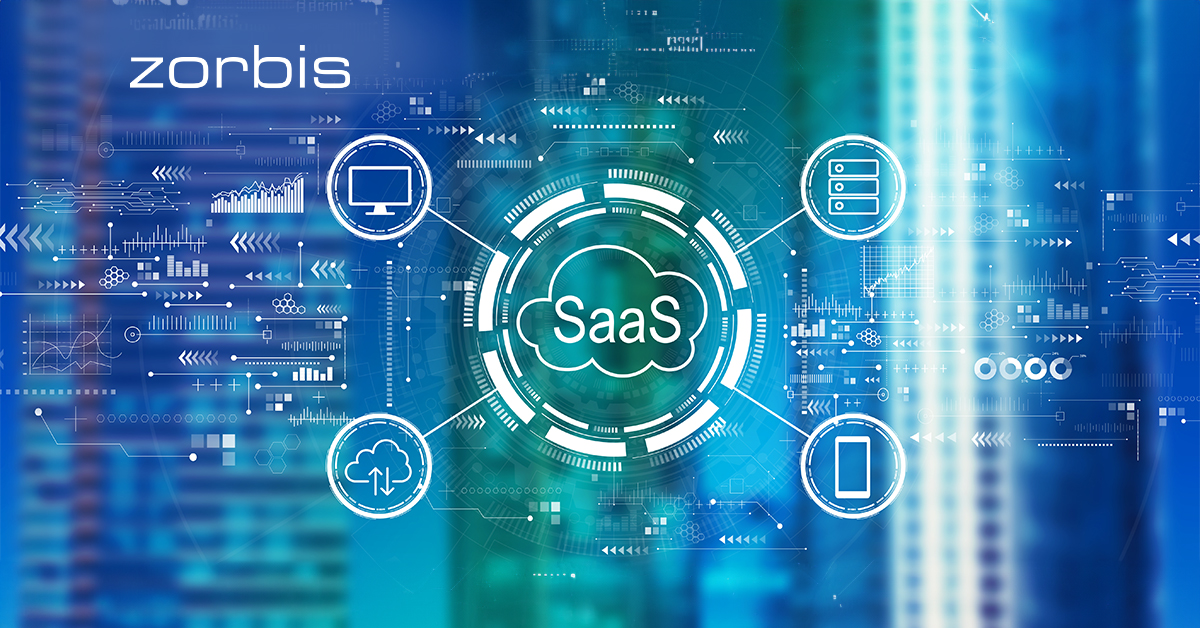Horizontal and Vertical SaaS Explained

 TUESDAY,
MARCH 28, 2023
|
Others
TUESDAY,
MARCH 28, 2023
|
Others
The SaaS (software-as-a-service) industry has seen rapid growth over the past decade. A SaaS solution is a web-based application that users can access over the internet without having to install additional software. Usually, the user will have to pay a subscription fee to access the SaaS solution. There are two common types of SaaS applications: horizontal and vertical. In this blog post, we will go over the differences between horizontal and vertical SaaS solutions and the benefits companies can gain from developing these applications.
The SaaS (software-as-a-service) industry has seen rapid growth over the past decade. A SaaS solution is a web-based application that users can access over the internet without having to install additional software. Usually, the user will have to pay a subscription fee to access the SaaS solution. There are two common types of SaaS applications: horizontal and vertical. In this blog post, we will go over the differences between horizontal and vertical SaaS solutions and the benefits companies can gain from developing these applications.
What are Horizontal SaaS Applications?
Horizontal SaaS applications are targeted at a wide range of business users. Horizontal SaaS solutions can easily be adapted to be used by any industry. Some examples of horizontal SaaS solutions include CRM (customer relationship management) software, billing and invoicing software, and time trackers. There are also horizontal SaaS applications with a wide range of modules that can be used to resolve any business issues. Some well-known SaaS applications include Dropbox, QuickBooks, and HubSpot. The main benefit of participating in horizontal SaaS application development includes increasing the likelihood that people will use the product. Since a wide range of industries can use horizontal SaaS solutions, raising brand awareness for the product is easier. However, the horizontal SaaS market can be difficult to break into due to the number of established applications already in the market.
What are Vertical SaaS Applications?
Vertical SaaS applications are designed with a specific niche in mind. Vertical SaaS solutions aim to solve specific problems. There have been vertical SaaS applications designed for sectors such as healthcare, insurance, education, manufacturing, and construction. Some of the main benefits of participating in vertical SaaS development include there being fewer competitors and less risk of customer loss. However, a drawback of vertical SaaS application development is that it can be challenging to scale and expand the business.
Main Differences Between Horizontal and Vertical SaaS Applications
Now that we know what horizontal and vertical SaaS applications are, let’s now discuss the main differences between these solutions. These differences include the cost of acquisition, ease of use, and the types of marketing strategies used.
1. Cost of Acquisition
Vertical SaaS solutions tend to have lower acquisition costs than horizontal SaaS solutions. This is due to the fact that vertical SaaS solutions target smaller markets than horizontal SaaS applications.
2. Ease of Use
Horizontal SaaS solutions tend to be easier to use than vertical SaaS solutions. The reason for this is that horizontal SaaS applications can be used by any industry while using vertical SaaS solutions usually requires having industry-specific knowledge. While horizontal SaaS applications can be easily organized and personalized, it takes more work with vertical SaaS solutions. Horizontal SaaS applications tend to be more basic than horizontal SaaS solutions.
3. Marketing Strategies
Vertical and horizontal SaaS applications use different marketing strategies to attract and retain customers. Horizontal SaaS focuses more on user acquisition, while virtual SaaS concentrates on customer retention. Vertical SaaS companies tend to focus more on establishing trust and credibility in their target market. Horizontal SaaS companies focus more on user acquisition since they have a broader range of potential users for the product.
Developing a SaaS Application
It can be beneficial for B2B (business-to-business) companies to develop SaaS applications. Organizations can develop horizontal or vertical SaaS applications either through an in-house software development team or by hiring the services of a SaaS application development company. Hiring a SaaS application development company can be beneficial because the team will work with the client to ensure the SaaS application meets their needs. Company managers can find a SaaS application development company by reading testimonials and viewing portfolios.
Summary
SaaS applications are useful resources for companies of all industries. Horizontal SaaS applications can be used by any industry, while vertical SaaS solutions are designed with a specific sector in mind. Horizontal and vertical SaaS solutions can also differ in their acquisition costs, ease of use, and marketing strategies. Businesses looking to break into the SaaS development market can benefit from hiring a SaaS application development company.
Develop SaaS Applications with Zorbis
If companies need help developing efficient SaaS applications, they should hire Zorbis. Zorbis is one of the leading SaaS service providers in the USA. Zorbis has helped companies of all sizes and industries develop SaaS applications. Additionally, Zorbis is a Microsoft Gold Certified Partner and a certified Salesforce consulting partner. To learn more about how Zorbis can provide companies with the best SaaS solutions, visit https://www.zorbis.com/ to schedule a meeting with a team of experts.
Posted By

|
|
Labels:
comments powered by |